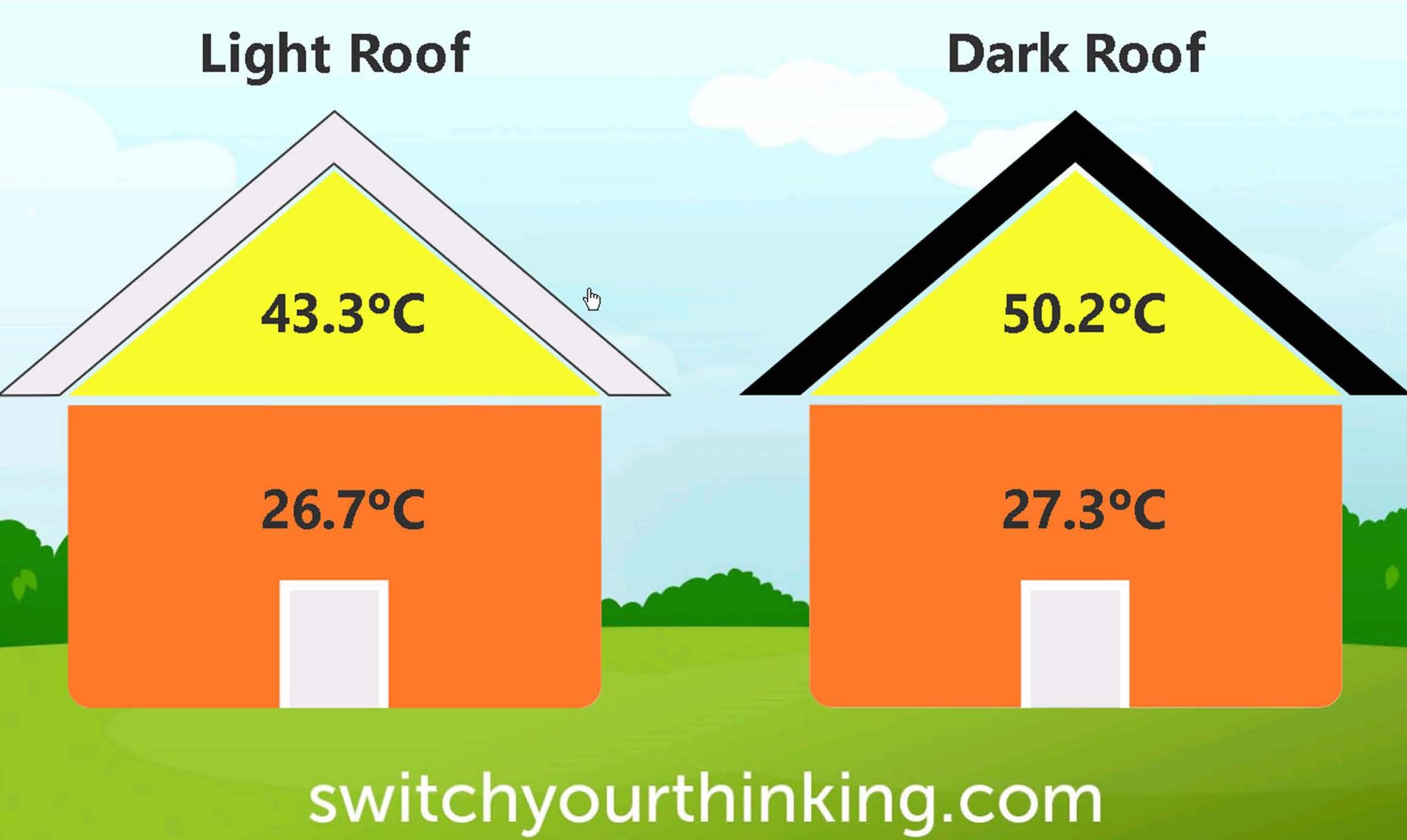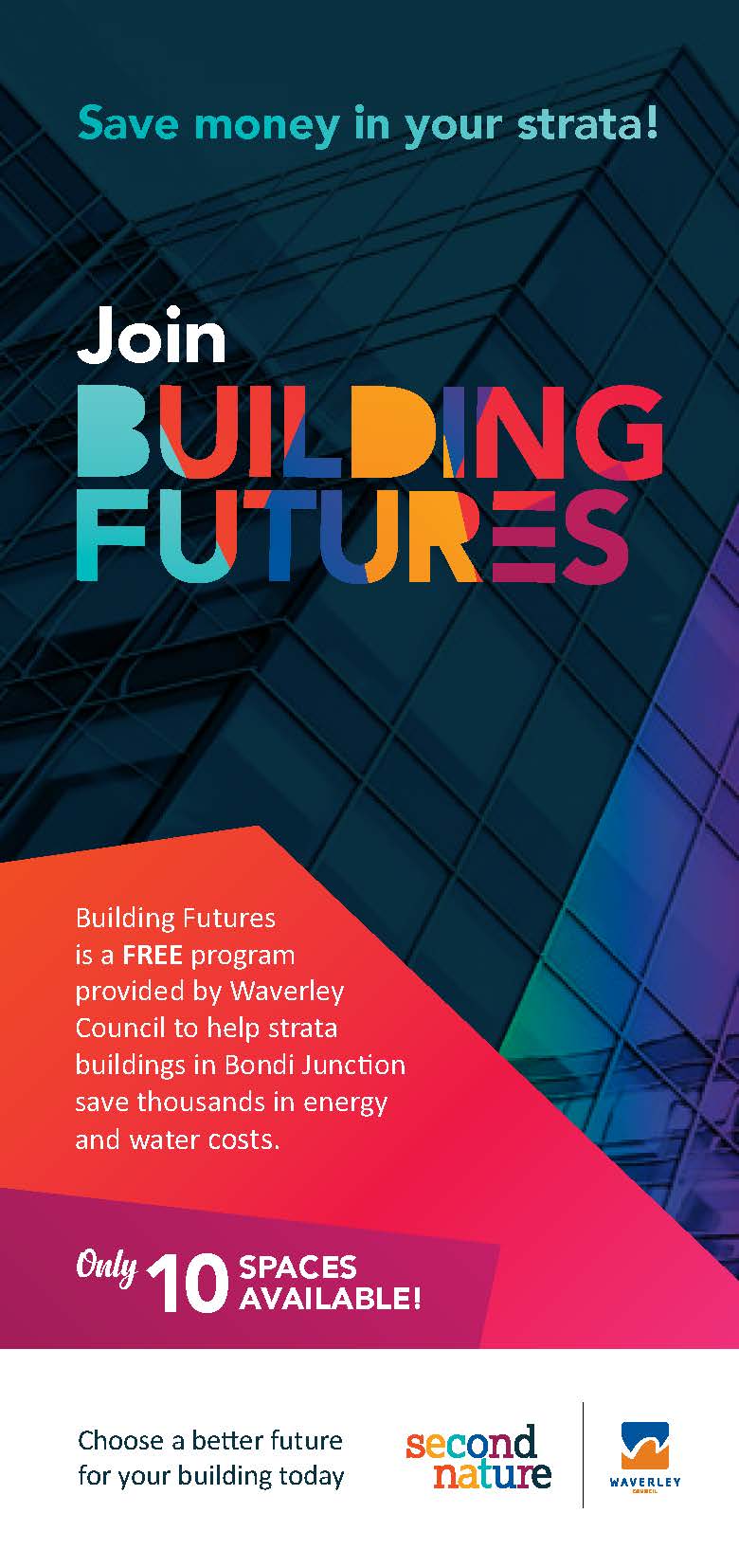Energy Efficiency Achievement Shortlisted Finalists
Listing is in alphabetical order of council entrant name

ACT Government, Energy Efficiency Improvement Scheme
The Energy Efficiency Improvement Scheme (EEIS), established under the Energy Efficiency (Cost of Living) Improvement Act 2012, requires electricity retailers to achieve energy savings in households and businesses.
EEIS is a key mechanism for delivering on the ACT’s emission reduction targets, provides leadership on energy efficiency and delivers targeted assistance to low income households. Since 2013, the EEIS has delivered 1.3 million innovative energy-saving solutions to 74,000 households and businesses, which is nearly half of Canberra households, including more than 18,500 low-income households. Households and businesses are expected to save $360 million off their energy bills over the lifetime of energy saving items installed.
EEIS has delivered financial benefits to the ACT economy and been cost-efficient with an overall positive benefit–cost-ratio of 4:1. EEIS has achieved 6.5GJ of lifetime energy savings and lifetime emission reductions of over 487,000 tCO2e, equivalent to taking approximately 161,000 cars off Canberra roads for a year.
Current activities include the Big Business Light Switch program, Fridge Buyback scheme and rebates to replace poor performing heaters and hot water systems with high efficiency models. An independent review in 2018 confirmed that EEIS has been efficient and effective in tackling its original policy problems and objectives.

City of Armadale, City of Gosnells and Shire of Serpentine Jarrahdale (WA) Cool Roofs project
The three WA councils have partnered under the Switch Your Thinking banner to deliver the Cool Roofs project; a research and communication campaign to drive the installation of light coloured roofs in new homes.
Houses built today will last for another 50 years, therefore improving thermal performance of new buildings will support residents to live more comfortably and efficiently for decades. As Perth’s climate warms, the number of heat wave related deaths in Perth is predicted to double by 2050, thus building climate ready, cool homes is both imperative and cost effective.
The project uses internet of things devices to capture the temperature inside two similar homes differing in roof colour. The information is streamed as graphics and short, punchy messages to a digital billboard in real-time. The project uses data to educate residents and address a gap in local research that makes change possible.
The gripping findings, that homes with light coloured roofs are healthier, more comfortable and more energy efficient at crucial periods of peak demand, will give policy makers pause for thought and local government reason to act.

Waverley Council (NSW) – Building Futures Program
Building Futures is a free Council program helping medium-large strata buildings improve environmental performance and save thousands in energy costs by providing start to finish support over a 12-month timeframe.
Council works with selected buildings to easily identify and implement cost-effective solutions to reduce common area energy use and greenhouse gas emissions, reduce water use (where applicable) and improve waste management.
Each participant building receives free expert energy assessments, NABERS rating, Waterfix program (high users), costed energy efficiency upgrade recommendations (e.g. lighting, solar), waste advice, matched funding and expert support to implement changes, training/networking opportunities, awards and recognition.
In its pilot year (2018-2019), we’ve successfully worked with key stakeholders in 10 selected strata buildings in Bondi Junction and achieved a shared goal of 20% average reduction in common area energy use. Every building has implemented one to two energy-saving projects, typically efficiency lighting retrofits and cost-effective carpark ventilation solutions. On average, participant buildings are expected to save over $10,000 a year on electricity bills with a payback period of 2.5 years. Some projects will pay off in as little as a few months. The implemented projects will deliver an estimated 594 tonnes per year carbon emission reductions.